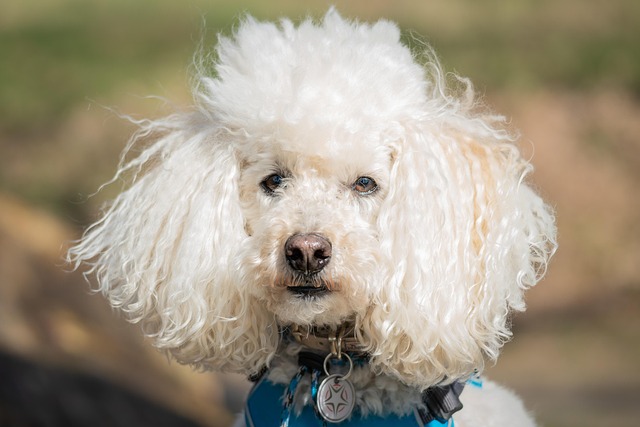
How can I tell if my dog's heatstroke is serious
Let’s be real: It’s a sticky August morning in Los Angeles, and you took your 2-year-old Golden Retriever, Max, for a walk a little later than usual
That fluffy Poodle coat might look picture-perfect, but keeping it clean comes with questions. Over-bathing strips natural oils, while waiting too long invites dirt and odor. Finding the sweet spot for your curly-haired companion balances hygiene, coat health, and their overall comfort.
Poodles come in different sizes—Toy, Miniature, and Standard—but their single-layer, hypoallergenic coats share the same vulnerability. Unlike double-coated breeds, they lack an outer guard layer to shield against moisture. Washing them more than necessary can dry out skin, leading to itching and potential infections. In many regions, proper pet care regulations emphasize maintaining a healthy coat as part of animal welfare.
The frequency largely depends on your Poodle’s lifestyle. City dogs that stick to sidewalks and indoor spaces can go 4-6 weeks between baths. But if your furry friend loves romping through muddy parks or rolling in grass, aim for every 2-3 weeks. Some European pet owners even create a “muddy paw policy,” wiping down their Poodle’s feet after walks to extend the time between full baths.
 Activity level matters, too. Hunting or agility Poodles exposed to dirt and sweat need more frequent rinses. However, always use lukewarm water and dog-specific shampoos. Human products disrupt the pH balance of a dog’s skin, and many areas have regulations against using non-approved pet care items to avoid allergic reactions.
Activity level matters, too. Hunting or agility Poodles exposed to dirt and sweat need more frequent rinses. However, always use lukewarm water and dog-specific shampoos. Human products disrupt the pH balance of a dog’s skin, and many areas have regulations against using non-approved pet care items to avoid allergic reactions.
Consider your Poodle’s coat style, too. Show dogs with elaborate topknots and pom-poms might require weekly touch-ups to maintain their shape. For pets with shorter cuts, you can space out baths further. Just remember to brush thoroughly before bathing to prevent matting—some groomers recommend using detangling sprays with natural ingredients to make the process easier.
Seasonal changes impact bath schedules as well. During winter, when skin tends to be drier, reduce frequency and opt for moisturizing shampoos. In summer, increased outdoor time and shedding might call for more regular baths. Many North American pet stores now offer seasonal grooming products, but check for safety certifications like those from the National Animal Supplement Council (NASC).
If your Poodle has skin conditions or allergies, follow your vet’s advice religiously. Medicated shampoos might require specific usage intervals, and some regions have rules about prescription pet products to ensure proper treatment. Don’t hesitate to ask your vet for product recommendations that comply with local regulations.
Bathing your Poodle isn’t just about cleanliness—it’s a bonding experience. Use gentle, positive reinforcement during bath time, and reward them with a favorite treat afterward. By finding the right rhythm for your Poodle’s needs, you’ll keep that iconic coat glossy and your furry friend feeling fresh and loved.

Let’s be real: It’s a sticky August morning in Los Angeles, and you took your 2-year-old Golden Retriever, Max, for a walk a little later than usual

You're enjoying a summer afternoon at the park when you notice your dog has stopped panting and appears disoriented - their gums are bright red

Let’s paint the picture: You’re in your Denver apartment, watching your 4-year-old Boston Terrier, Ruby, plop down mid-play session with her favorite toy

Many dog owners notice their pets nails seem shorter after regular walks,but how much does this daily activity actually help?The answer depends on where you walk—concrete sidewalks or asphalt streets gently file nails as a dog's paws hit the ground

Most dog owners notice their pup scooting across the carpet at some point, but few connect it to impacted anal glands. These small sacs near a dog’s rectum secrete a scent for marking territory

Most vets agree that regular dog teeth cleaning is key to avoiding painful dental issues later. For healthy adult dogs, a professional cleaning at the vet’s office every 12 to 18 months usually works well.